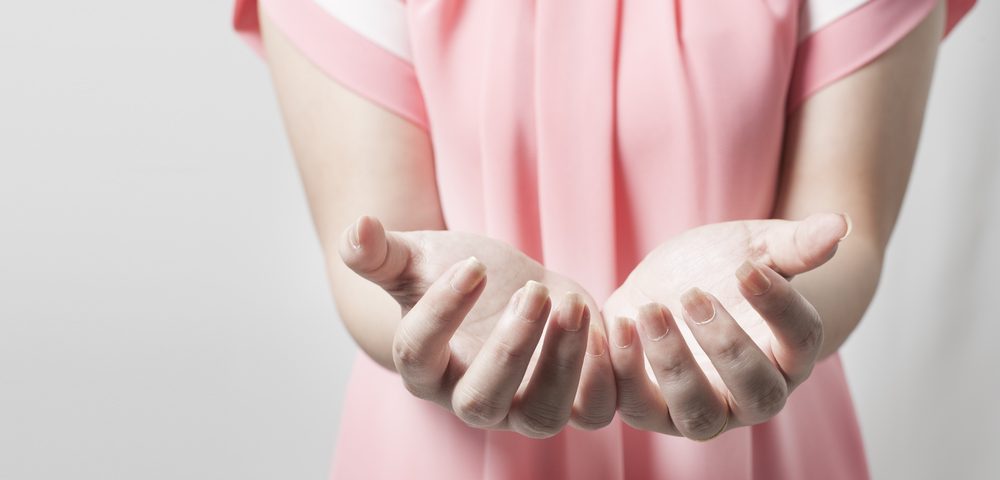Raynaud’s phenomenon may be linked to the formation of tophi, or deposits of uric acid crystals, in the finger pads, suggests a case study published in the Journal of the American Academy of Dermatology (JAAD) Case Reports.
Recognizing finger pad tophi as a feature of high levels of uric acid in the blood could help urate lowering therapy to start promptly, preventing the development of gouty arthritic attacks and other complications such as hypertension, insulin resistance, diabetes, cardiovascular disorders, and damage to the kidneys in the future.
The study, “Finger pad tophi in a patient with Raynaud phenomenon,” reports the case of a 93-year-old woman who had a six-month history of yellow-white lesions in her fingertips. She also had a stroke, chronic kidney failure, heart arrhythmia, and an underactive thyroid. She also had chronic Raynaud’s phenomenon characterized by a complete and painful whitening in her fingers, mostly in the winter.
The medications that she used included levothyroxine, a synthetic form of the thyroid hormone thyroxine; Lasix (furosemide) and Aldactone (spironolactone) to treat fluid build-up due to kidney disease; Tenormin (atenolol) to reduce the heart’s workload; and hydrochlorothiazide, a drug that promotes the production of urine. She had also started taking colchicine against suspected gout or skin calcification.
Using a radiography of the hands, blood tests and skin biopsy, her doctors diagnosed the patient with finger pad tophaceous gout. They added Norvasc (amlodipine), a drug that relaxes and widens blood vessels to treat Raynaud’s phenomenon, and Zyloprim (allopurinol) to decrease the level of uric acid, to her treatment schedule.
“There are less than 20 reported cases of finger pad tophi in the … literature,” the researchers wrote. “Suggesting finger pad tophi are unusual.”
However, on prospective examination, almost a third of patients with chronic tophaceous gout had finger pad tophi. Therefore, the condition may be under-reported due to the lack of recognition rather than low prevalence.
Importantly, previous research has shown that low tissue temperature may play a role in the formation of tophi. This could explain why tophi are usually seen in colder areas of the body such as the helix of the ears, the elbows, and the fingertips.
Finger pad gout has also been described in a patient with systemic lupus erythematosus (SLE), a condition also associated with Raynaud’s phenomenon.
Taken together, the findings suggest that Raynaud’s phenomenon may be a contributor to the development of finger pad tophi. The authors add that tophaceous gout should be considered in patients with fingertip papules or nodules.
When tophi are present, a urate lowering therapy should be initiated, the authors advised. This includes medications such as Zyloprim or Uloric (febuxostat), Probalan (probenecid), and Krystexxa (pegloticase), and lifestyle changes such as a low-purine diet, stopping the use of non-essential medications that may contribute to high levels of uric acid in the blood, alcohol abstinence, exercise, hydration, and stopping smoking.


